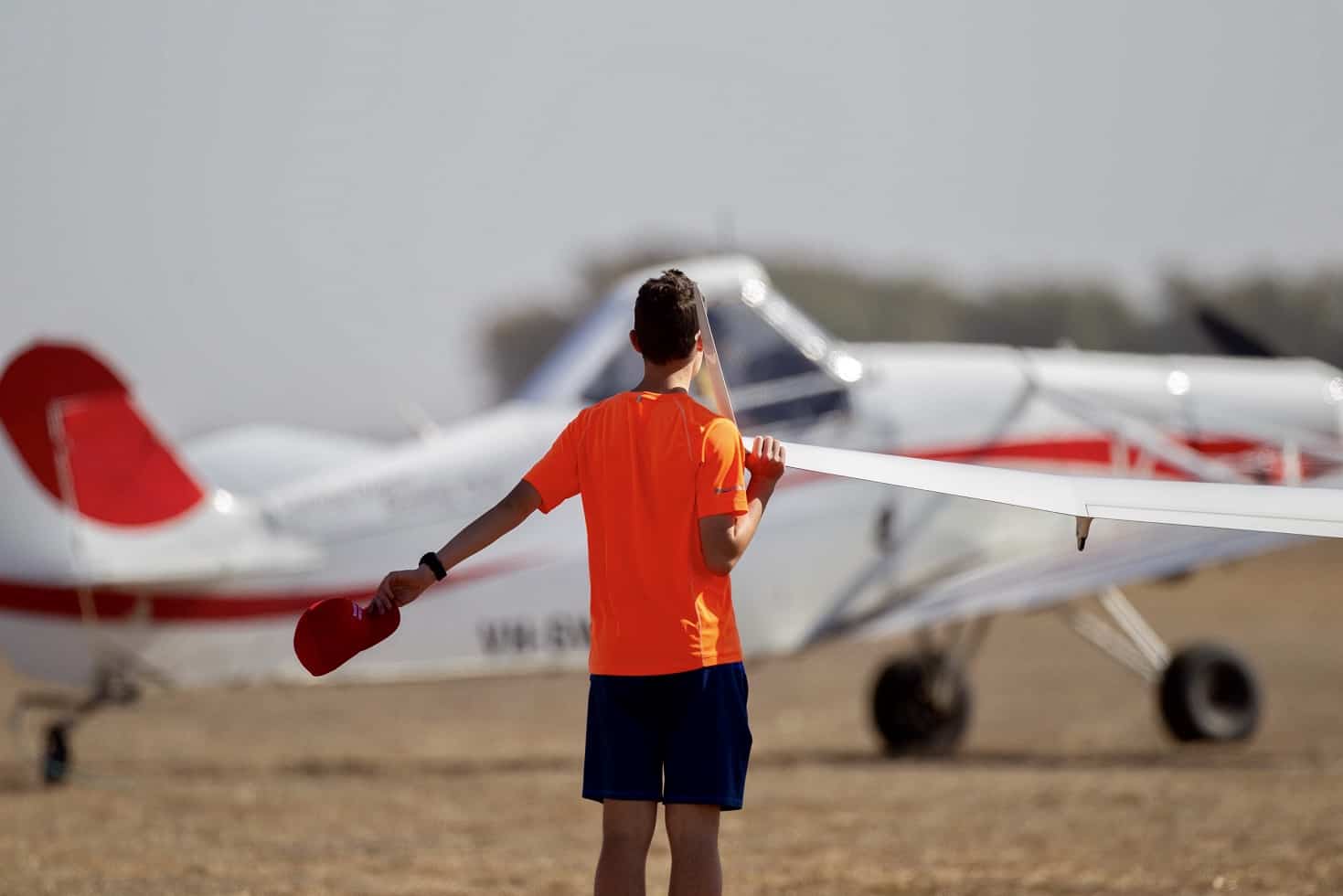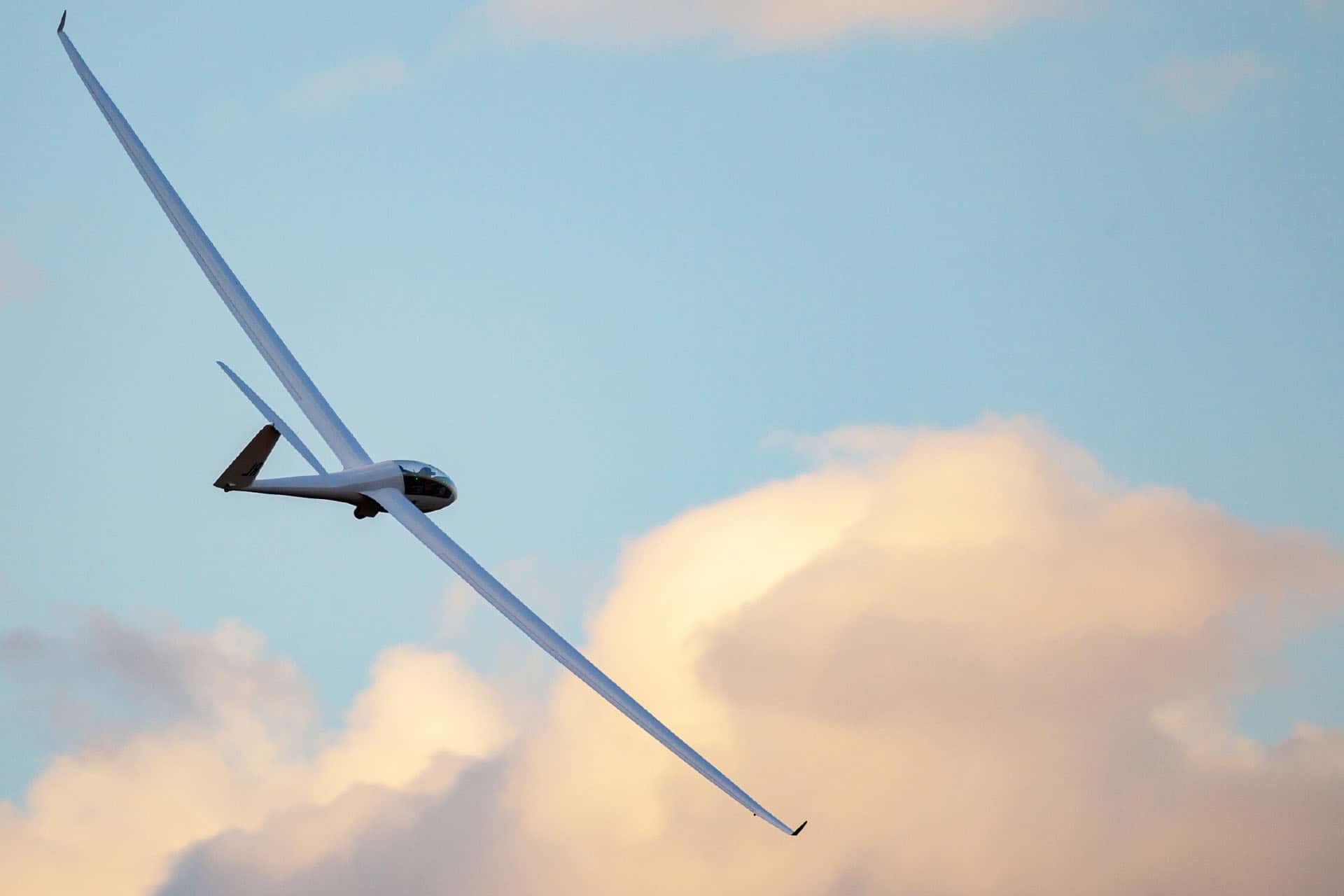
Gliding is an all-inclusive and very social sport attracting men and woman of all ages and walks of life. In Australia you can fly solo from the age of 15 and some pilots continue gliding into their eighties. It is never too late to learn to glide and many pilots take up the sport in their 40s, 50s or even 70s.

Gliding can be enjoyed at your own pace to suit your lifestyle, budget and the amount of time that you have available. As a glider pilot you will be part of an Australian and worldwide club-based community which offers support, advice and training. There are gliding clubs around the country from coastal fringes to the Alps and the Great Dividing Range, as well as the magnificent inland plains of Australia.
Along the way you are sure to make new friends who share your new found passion for silent flight and the unique experience of flying in graceful and sophisticated aircraft.

Once you have learned the basics of soaring and have the skill to safely fly a glider, your instructor will send you solo. Then you can relax on a quiet local flight, on your own or in a two-seater glider with another glider pilot or friend. You can continue to develop your skills further to experience the thrills of soaring across the countryside, or the excitement of aerobatics. For those with a competitive spirit there are many regional and international racing competitions where you will meet the top glider pilots, coaches and fellow competitors in an intense and friendly learning experience.

The first gliders were made well over 100 years ago – before the Wright Brothers pioneered powered flight – out of wood and cloth. Today gliders are manufactured with hi-tech composite materials designed using the latest aerodynamic modelling techniques. They are comfortable to sit in, easy to fly and have similar in-flight instruments to powered aircraft,
Gliders fly at speeds of up to 300kph and can cover distances of over 1,000km in a flying day. Altitudes of over 40,000ft have been achieved. On a good cross country flying day in Australia you could expect to fly a triangular course of 300 to 500km at a heights of 6,000 to 10,000ft using satellite navigation (GPS) to accurately guide you on your journey and back to your home airfield for landing.